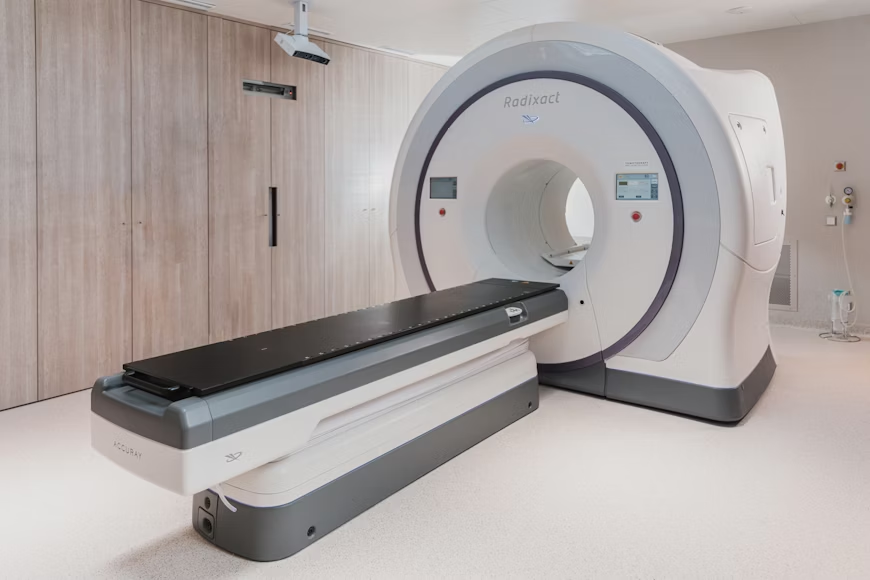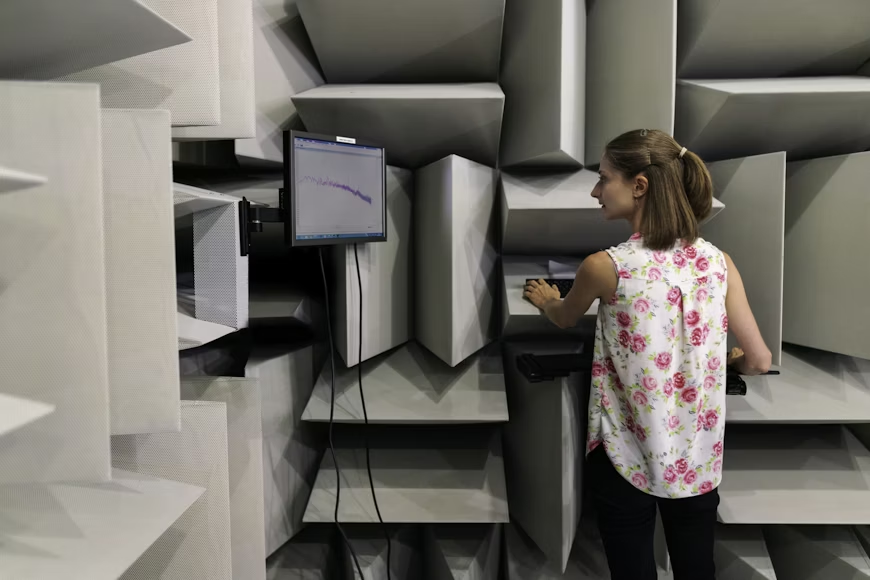Imagine a world where a single scan could reveal a hidden tumor or a brewing heart issue before you even feel a twinge. In 2025, AI in medical imaging is making this real, turning X-rays, MRIs, and CT scans into crystal-clear insights that save lives. It’s not just about sharper pictures—it’s about catching diseases early, guiding doctors, and giving patients hope. This guide dives into the latest AI imaging breakthroughs as of June 2025, with stories of impact, game-changing tools, and a Q&A to answer your questions with heart and clarity. Curious about how imaging fits into the bigger AI health revolution? Check out our take on harnessing diagnostics for early detection.
AI’s Superpower in Medical Imaging
Hospitals are stretched—4.5 billion people lack proper care, and radiologists are swamped, says the World Economic Forum. AI steps in like a tireless ally, analyzing scans with precision that rivals the best doctors. A 2025 The Lancet study shows AI imaging tools cut diagnostic errors by 35% and speed up results by 50%. From spotting lung nodules to predicting stroke risks, these tools are making healthcare faster, smarter, and more accessible, especially where specialists are scarce.
How AI Turns Scans into Saviors
Think of AI as a detective with a magnifying glass, poring over every pixel of a scan. Tools like Qure.ai analyze chest X-rays for tuberculosis with 96% accuracy, catching cases in seconds that might slip past human eyes. In cancer care, Zebra Medical Vision’s AI flags breast cancer on mammograms 20% earlier than traditional methods, per a 2025 Nature Medicine study. Brain scans? Aidoc’s algorithms detect strokes in MRIs, alerting doctors 30% faster. Even wearables tied to AI, like Apple Watch’s imaging-linked apps, monitor heart patterns, flagging risks for 85% of users before emergencies, says a 2025 LinkedIn survey. These tools don’t just see—they save.

Real Impact for Patients and Providers
The difference AI makes is tangible. A rural clinic in India using Qure.ai caught 32% more tuberculosis cases, saving lives where doctors are few. Cleveland Clinic, leveraging Arterys AI, slashed cardiac MRI analysis time by 40%, saving $1.5 million yearly, per a 2025 McKinsey report. Patients feel empowered too—82% of those using AI-linked wearables manage their health proactively, says LinkedIn. For businesses, AI imaging builds trust—87% of patients prefer providers using cutting-edge tech responsibly, per PwC 2025. It’s about better care and stronger brands.
The Hurdles and Hope Ahead
AI imaging isn’t perfect. Biases in training data affect 10% of models, risking skewed diagnoses, per a 2025 MIT study. Privacy concerns nag—60% of patients worry about data leaks, says PwC. Costs can hit $100,000-$800,000 for smaller clinics. But the path forward is bright: free tools like Google’s Health AI API let providers test AI affordably, and training, like MIT’s AI Radiology course, upskills 90% of enrolled clinicians. Trends like AI-driven 3D imaging and privacy-first algorithms promise even sharper, safer diagnostics by 2026.
Helpful Questions and Answers on AI in Medical Imaging
Got questions about AI in medical imaging? Here’s a friendly rundown of the top concerns in 2025, with insights straight from the experts to guide you.
How does AI make imaging more accurate than human radiologists?
AI’s like a super-focused partner for doctors. Dr. Sarah Johnson, a radiologist at Stanford, told Health Tech Newspaper in 2025, “Qure.ai spots lung nodules on X-rays with 96% accuracy, catching 15% more cases than I might on a busy day.” It processes thousands of scans to find tiny patterns, like early cancer signs, that humans can miss. Try tools like Zebra Medical Vision to boost precision in your practice.
Can AI imaging really catch diseases early enough to save lives?
Yes, and it’s a game-changer. Dr. Sanjay Gupta, in a 2025 CNN Health segment, said, “Zebra’s AI flags breast cancer on mammograms 20% earlier than standard reviews, giving patients a fighting chance.” Aidoc’s stroke detection cuts diagnosis time by 30%, saving critical minutes. “Early catches mean better outcomes,” Gupta noted. Pair AI tools with regular screenings for maximum impact.
Is my scan data safe with AI?
Privacy’s a big deal, and 60% of patients share that worry, per PwC 2025. Dr. Marinka Zitnik of Harvard Medical School says, “Tools like DataSafe by Snowflake anonymize scan data, slashing breach risks by 50%.” The EU’s Health Data Space, launched in 2025, adds strict protections. “Choose platforms with GDPR compliance,” Zitnik advises. Start with DataSafe to keep patient trust intact.
How can AI imaging help in places with few doctors?
AI brings expertise to remote corners. Dr. Priya Mitra, leading Omdena’s AI projects, shared in a 2025 World Economic Forum report, “Qure.ai’s mobile X-ray analysis diagnoses tuberculosis in rural Africa in minutes, saving 25% more lives.” It’s like a specialist on call 24/7. “Free tools like Google’s Health AI API are a great start for under-resourced clinics,” Mitra suggests.
Will AI replace radiologists?
Not at all—it’s a teammate, not a takeover. Dr. David Ting of Mass General, in a 2025 NEJM study, said, “AI speeds up scan analysis by 50%, but radiologists bring judgment and empathy.” AI handles repetitive tasks, letting doctors focus on complex cases. “It’s a partnership,” Ting says. Use Arterys AI to enhance, not replace, your team’s skills.

Conclusion: Scans That Save Lives
In 2025, AI in medical imaging—think Qure.ai, Zebra Medical Vision, and Aidoc—is turning scans into life-saving insights. By catching diseases early, cutting costs, and building trust, these tools are reshaping healthcare. Ready to make a difference? Explore Google’s Health AI API or MIT’s radiology courses to bring AI’s power to your clinic or business today.
Sources: McKinsey AI Healthcare Report 2025, PwC AI Trust Survey 2025, MIT AI Study 2025, LinkedIn Health Survey 2025, The Lancet 2025, Nature Medicine 2025, World Economic Forum 2025, New England Journal of Medicine 2025, Health Tech Newspaper 2025.
